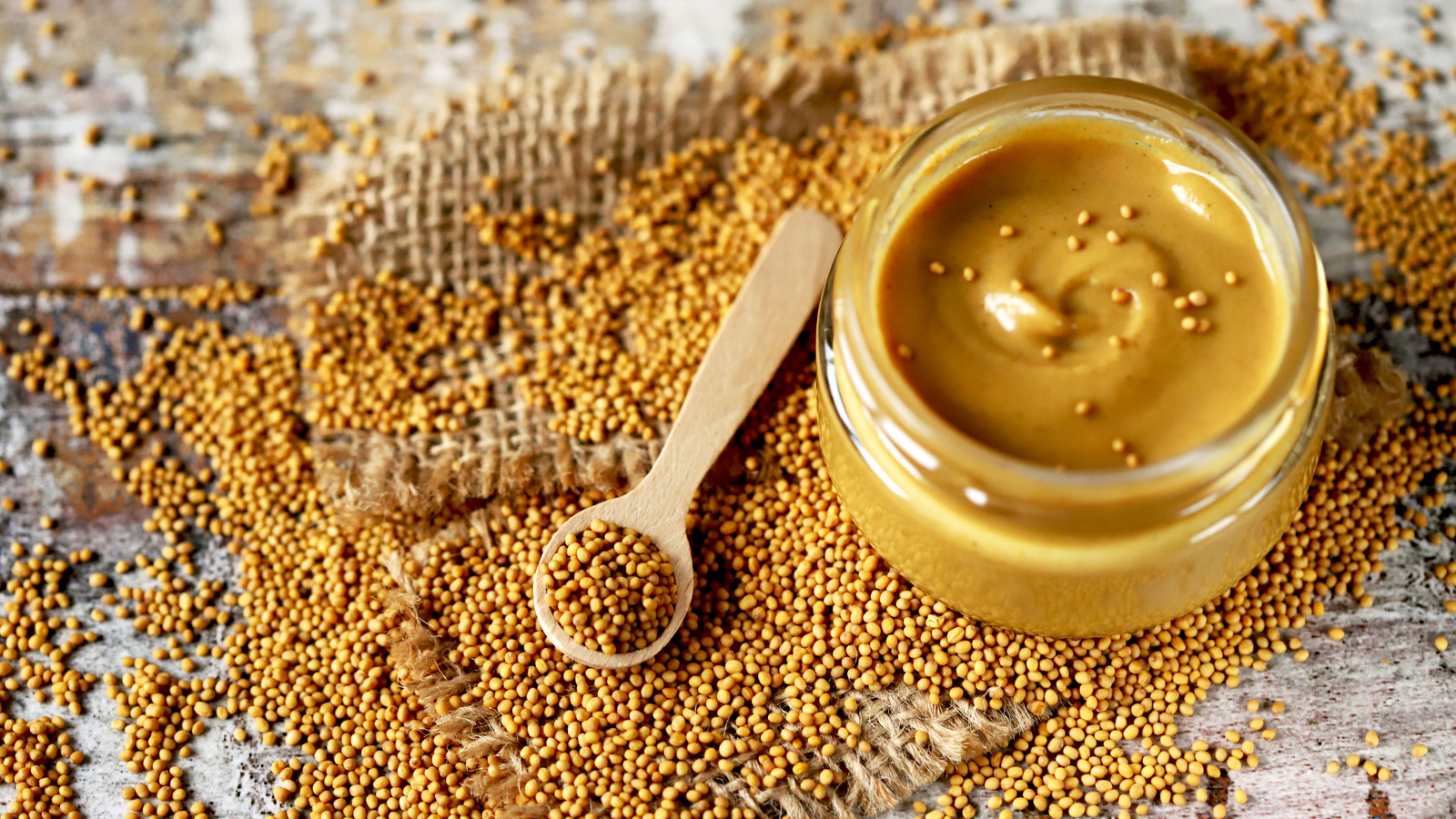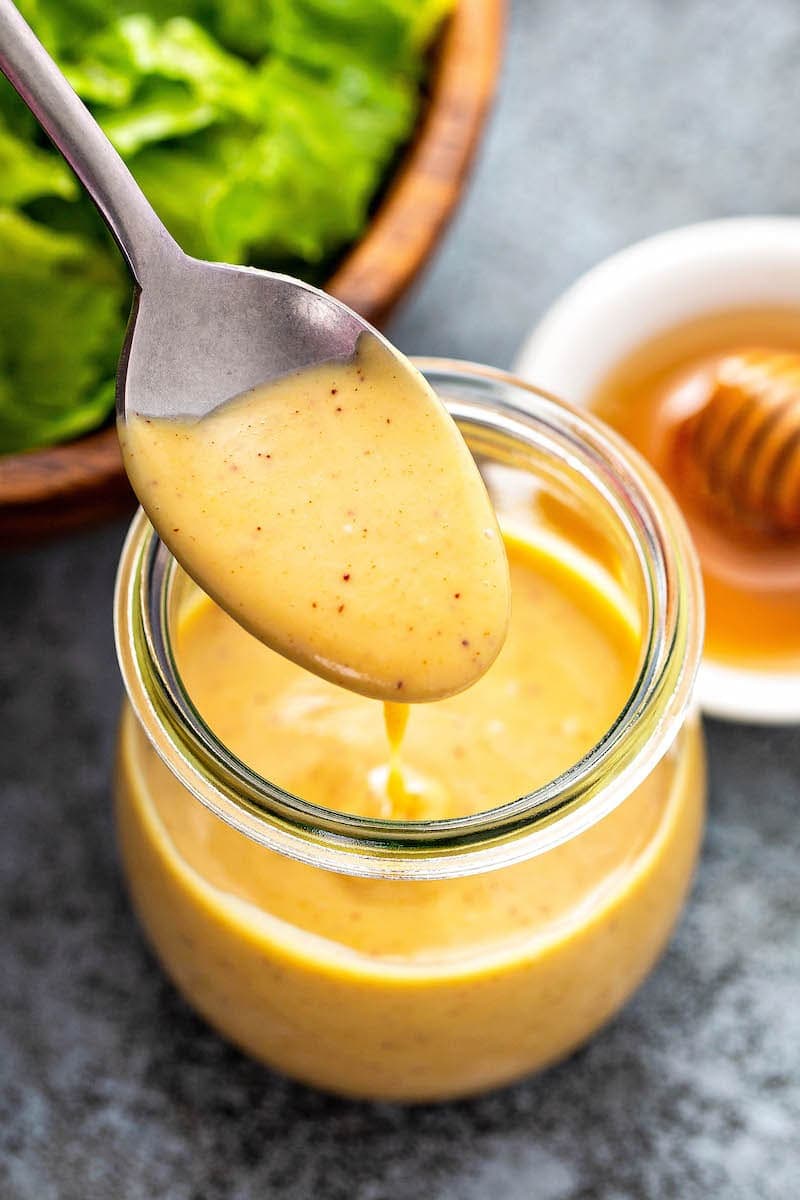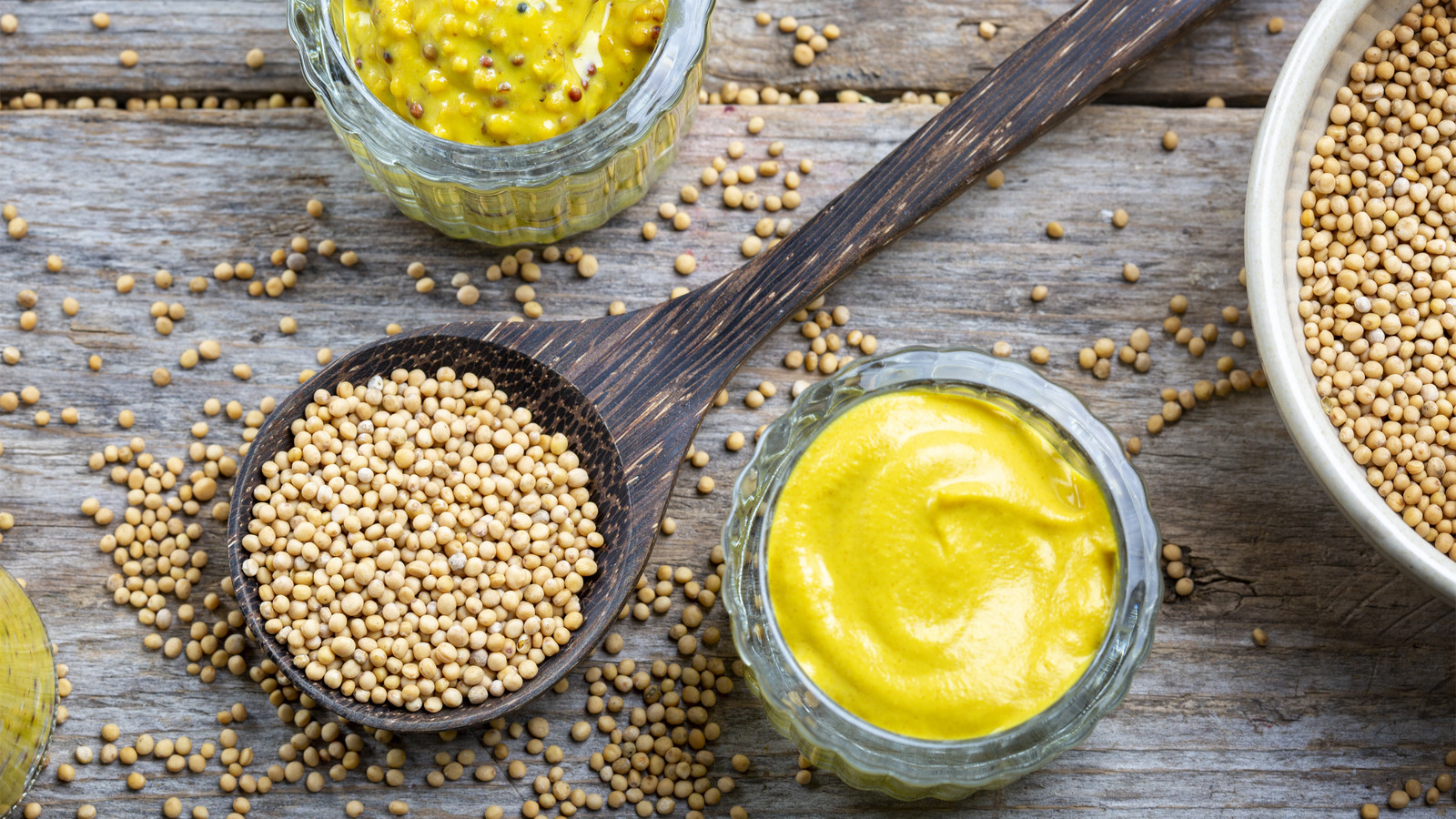Have you ever considered how a simple condiment, a bit of mustard, could completely change your favorite fried fish? It's really quite something, you know. Today, we're going to talk all about mustard fried catfish, a dish that brings together a lovely crispy texture with a wonderful tangy kick. It's a classic comfort food, made even better with a clever ingredient.
This way of cooking catfish, honestly, just adds a whole new layer of taste to a dish many already enjoy. People who like good, hearty meals, especially those who appreciate seafood cooked just right, tend to find this recipe pretty appealing. If you're tired of the same old flavors and want to try something a little different, this could be your next favorite meal, so that's a good thing.
It’s a simple idea, really, but the results are truly tasty. We'll show you how to make this dish a star on your table, from picking the right fish to getting that perfect golden crust. So, get ready to discover a fresh take on a beloved meal that's, you know, pretty much a crowd-pleaser.
Table of Contents
- What Makes Mustard Fried Catfish So Special?
- Getting Ready: Ingredients and Tools You'll Need
- The Simple Steps to Amazing Mustard Fried Catfish
- Tips for a Truly Great Fry
- Serving Your Golden Fish
- Why People Love This Dish Right Now
- Frequently Asked Questions About Mustard Fried Catfish
What Makes Mustard Fried Catfish So Special?
There's something really distinct about mustard fried catfish, and it's not just the bright yellow color, you know. It's the way the mustard does its job, creating a sort of tender, moist fish on the inside with a very crisp outer shell. That combination, honestly, is pretty much what makes this dish stand out.
The Magic of Mustard
Mustard, as a matter of fact, is a pretty old condiment, going way back to early Roman cooks, who mixed ground mustard seeds with unfermented grape juice. My text tells us that mustard is made from the seeds of a mustard plant, which could be white/yellow, brown, or black mustard. It’s known for its sharp, tangy flavor, and that really adds something special here.
When you use mustard on fish before frying, it does a few cool things. For one, it helps the breading stick really well, creating a nice, even coating. Also, the mustard's tanginess, like your favorite zingy sauce, cuts through the richness of the fried fish, making each bite feel lighter and more flavorful, so that's a plus.
My text also mentions that mustard is a versatile condiment, coming from the seeds of the mustard plant, typically brassica or sinapis species. It's celebrated for its sharp, tangy flavor and its many uses in cooking. So, it's not just a spread; it's a cooking aid that brings a lot of taste to the party, too it's almost.
Why Catfish is the Perfect Partner
Catfish itself is a great choice for frying, in a way. It has a mild, somewhat sweet taste and a firm texture that holds up well to the heat. It doesn't fall apart easily, which is pretty important when you're looking for a good fried fish experience, you know.
The mildness of the catfish, honestly, makes it a perfect canvas for the mustard's bold flavor. The fish doesn't fight with the mustard; instead, it lets the mustard's unique taste shine through while still offering its own pleasant character. It's a pretty good pairing, if you ask me.
Getting Ready: Ingredients and Tools You'll Need
Before you start cooking, it's a good idea to get all your ingredients and tools together. This makes the whole process smoother and, you know, less stressful. Having everything ready to go is always a smart move, so that's pretty basic.
Picking Your Catfish
When you pick out your catfish, you really want to make sure it looks very fresh and bright. You can usually find catfish fillets, either fresh or frozen, at your local fish counter. If you get frozen ones, remember to thaw them completely in the refrigerator before you start, so that's pretty important.
Look for fillets that are, you know, somewhat uniform in thickness. This helps them cook evenly, which means no raw spots or overcooked edges. A good quality fish, apparently, makes a real difference in the final dish.
Choosing Your Mustard
My text tells us there are several types of mustard, such as Dijon, spicy brown, honey, and other varieties. For mustard fried catfish, you have some choices, which is nice. A classic yellow mustard works really well, giving that familiar tangy taste, so that's a common pick.
If you want a bit more zing, a spicy brown mustard could be a good option. It offers a little more heat and a deeper flavor. Some people even like to mix a bit of Dijon for its sharp, wine-like notes. It really depends on your taste, you know, what kind of kick you're after.
My text also says that whether you're tired of the same old mustard or just curious, there are many unique mustard varieties out there. So, feel free to experiment a little with what you have or what you find. You might just discover a new favorite combination, which is pretty cool.
Other Key Items
You'll need some good frying oil, of course. Vegetable oil, peanut oil, or canola oil are all pretty good choices because they have a high smoke point. This means they can get hot enough to fry your fish without burning, which is pretty important for a good crisp.
For the breading, you'll want cornmeal, probably yellow cornmeal, and some plain flour. A mix of the two often gives the best texture, a bit of crispness from the cornmeal and a little tenderness from the flour. You'll also need some salt and black pepper, and maybe a little garlic powder or paprika for extra flavor, so that's pretty standard.
As for tools, you'll need a large, heavy-bottomed skillet or a Dutch oven for frying. A shallow dish for your breading mixture is helpful, and tongs or a slotted spoon for turning and removing the fish. A wire rack set over paper towels is also very useful for draining the fried fish, you know, to keep it from getting soggy.
The Simple Steps to Amazing Mustard Fried Catfish
Making mustard fried catfish is, honestly, not that hard. It involves a few straightforward steps that anyone can follow. We'll walk through each part, making sure you get that perfect golden-brown finish and tender fish inside, so that's pretty much the goal.
Preparing the Fish
First things first, make sure your catfish fillets are dry. Pat them very well with paper towels. Any extra moisture can make your oil splatter and prevent the breading from sticking properly, which you definitely don't want, you know.
Once dry, lightly season both sides of each fillet with a little salt and pepper. This initial seasoning helps build up the overall taste of the fish, which is pretty important. Don't go too heavy, as the mustard and breading will add more flavor later, so just a bit is fine.
The Mustard Coating
Now comes the mustard part. Take each catfish fillet and spread a thin, even layer of your chosen mustard all over it. You can use a brush or the back of a spoon for this. Make sure every bit of the fish is covered, as this is what helps the breading stick, you know, really well.
After coating with mustard, it's time for the breading. In a shallow dish, mix your cornmeal, flour, and any other seasonings you're using, like garlic powder or paprika. Gently press each mustard-coated fillet into the breading mixture, making sure it's completely covered on all sides. Give it a little shake to remove any extra coating, so it's not too thick.
Frying to Perfection
Heat your oil in your skillet or Dutch oven over medium-high heat. You want the oil to reach about 350-375 degrees Fahrenheit (175-190 degrees Celsius). If you don't have a thermometer, you can test it by dropping a tiny bit of breading into the oil; it should sizzle right away, you know, not just sit there.
Carefully place the breaded catfish fillets into the hot oil. Don't overcrowd the pan; cook them in batches if you need to. Fry for about 4-6 minutes on each side, or until the fish is a beautiful golden brown and the crust looks very crispy. The cooking time will depend on the thickness of your fillets, so keep an eye on them.
Once they're golden and cooked through, use tongs or a slotted spoon to carefully take the fish out of the oil. Place them on that wire rack you set over paper towels. This lets any extra oil drip off and helps keep the crust nice and crisp, which is pretty much what you want, right?
Tips for a Truly Great Fry
Achieving truly great fried fish, honestly, takes just a little bit of care and attention to a few simple things. These tips can make a real difference in your mustard fried catfish, so pay attention.
Temperature Matters
Keeping your oil at the right temperature is, you know, super important. If the oil isn't hot enough, your fish will soak up too much oil and become greasy and soggy. If it's too hot, the outside will burn before the inside cooks through. Aim for that 350-375°F range, and use a thermometer if you have one, which is pretty helpful.
As you add fish to the pan, the oil temperature will drop a little. Let it come back up to temperature between batches. This helps ensure each piece gets that consistently perfect fry, so that's a good habit to get into.
Don't Crowd the Pan
This is a big one, really. Putting too many pieces of fish in the pan at once will drop the oil temperature too much. This leads to soggy fish, not crispy. Cook in batches, giving each piece enough space to fry properly without touching its neighbors, which is pretty much key for good results.
It might take a little longer to cook everything, but the quality of your fried catfish will be much, much better. Patience, apparently, pays off here.
Seasoning Ideas
While salt, pepper, and the mustard provide a lot of taste, you can add other seasonings to your breading mixture for a different flavor profile. A little cayenne pepper can give it a nice kick. Onion powder or smoked paprika can add a deeper, more savory taste, you know, if you like that.
Some people even like to add a pinch of dried herbs, like thyme or oregano, to their breading. Feel free to experiment with what you like. Just remember to taste your breading mixture (before adding the fish, of course) to make sure the seasoning is right for you, so that's a good tip.
Serving Your Golden Fish
Once your mustard fried catfish is ready, hot and crispy, it's time to think about what to serve alongside it. Good side dishes can really complete the meal, making it a truly satisfying experience, you know.
Classic Sides
For a truly classic Southern-style meal, consider serving your catfish with some creamy coleslaw. The cool, crisp cabbage and tangy dressing go very well with the warm, fried fish. Hush puppies are another traditional favorite, offering a bit of sweet, savory fried goodness, so that's a nice touch.
You could also go with some cheese grits, which are wonderfully comforting, or a simple side of cooked greens, like collard greens or turnip greens. These classic pairings, honestly, just feel right with fried catfish.
Fun Pairings
If you're looking for something a little different, try pairing your mustard fried catfish with some roasted sweet potato fries. The sweetness of the potatoes offers a nice contrast to the savory fish. A fresh corn and black bean salad could also add a vibrant, light touch, you know, for a fresher feel.
Don't forget the dipping sauces! A bit of tartar sauce is always a winner, but you could also try a spicy remoulade or even a simple squeeze of lemon juice. Sometimes, just a little something extra makes a big difference, so that's worth considering.
Why People Love This Dish Right Now
Mustard fried catfish is seeing a bit of a moment, it seems, because people are always looking for ways to make familiar foods feel new again. It's a dish that brings a lot of comfort, which is something many of us are looking for these days, you know, especially with everything going on.
It also fits well with the idea of using simple ingredients to create something really special. The fact that mustard, a condiment dating back to ancient Rome, as my text says, can still surprise us in a dish like this, is pretty cool. It shows that good flavors are, you know, timeless.
Plus, it's a dish that's pretty easy to make at home, which is a big plus for many home cooks right now. You don't need fancy equipment or hard-to-find ingredients to make something truly delicious. It's a tasty, approachable meal that, honestly, just hits the spot.
You can learn more about catfish cooking tips on our site, and link to this page delicious fish recipes for even more ideas. For a deeper look into the history of mustard, you might check out a reputable food history site, like this one: Food Timeline on Mustard.
Frequently Asked Questions About Mustard Fried Catfish
What kind of mustard is best for frying catfish?
You can use different kinds of mustard for frying catfish, honestly. Classic yellow mustard gives a very familiar tangy taste. If you want a bit more zing, a spicy brown mustard works well. Some people even like a little Dijon for its sharp flavor, so it really depends on what you prefer, you know.
Do you rinse the mustard off the catfish before frying?
No, you definitely do not rinse the mustard off the catfish before frying, that's pretty important. The mustard acts as a kind of glue for the breading, helping it stick to the fish. Rinsing it off would defeat the whole purpose and you wouldn't get that lovely crispy coating, you know.
Can I bake mustard fried catfish instead of frying?
You can bake catfish that has a mustard coating and breading, yes, but it won't be exactly the same as deep-fried. Baking will give you a different texture, usually less crispy, more like a baked fish. If you want to bake it, make sure to spray it lightly with cooking spray to help it brown, so that's a good idea.
Mustard fried catfish is, honestly, a fantastic way to enjoy a classic. It’s a simple change that brings a lot of extra flavor and a wonderful texture to your plate. If you haven't tried it yet, now is a great time to give it a go. So, why not give this recipe a try and see for yourself just how good it can be?



Detail Author:
- Name : Adelia Luettgen
- Username : savanah.goyette
- Email : aufderhar.coy@yahoo.com
- Birthdate : 1975-10-28
- Address : 36803 Dicki Ford Suite 858 Tatyanaside, KY 48221-1089
- Phone : (817) 783-4821
- Company : Bechtelar, Wyman and Runte
- Job : Engineer
- Bio : Enim soluta cum et ducimus. Qui nostrum in autem pariatur dolorem quo. Doloribus eligendi iure qui molestiae.
Socials
twitter:
- url : https://twitter.com/uriahyost
- username : uriahyost
- bio : Aut fugit animi ab dicta fugit. Voluptate occaecati nam aut esse amet.
- followers : 2503
- following : 749
facebook:
- url : https://facebook.com/uriah.yost
- username : uriah.yost
- bio : Sunt accusamus vero inventore ut inventore voluptas qui.
- followers : 2818
- following : 490
linkedin:
- url : https://linkedin.com/in/uriahyost
- username : uriahyost
- bio : Qui ipsam qui voluptates quisquam aut quia.
- followers : 4342
- following : 1305



























